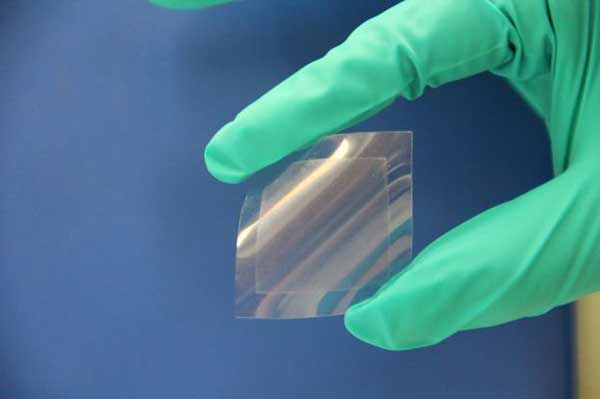Queensland, Australia (BBN) – Australian scientists have turned ordinary cooking oil into graphene, in a discovery they say lowers its cost to produce.
Graphene, a strong carbon material, is just one atom wide and conducts electricity better than copper, reports BBC.
It was discovered at the University of Manchester in 2004, winning its inventors a Nobel Prize in 2010.
Now researchers say they can make graphene with soybean oil, potentially making it more commercially viable.
Graphene is hoped to have numerous applications including in electronics, biomedical devices and water filtration.
“One of the limiting factors in utilising graphene is the high price compared to other materials,” said Dr Zhao Jun Han from Australia’s Commonwealth Scientific and Industrial Research Organisation (CSIRO).
“If we reduce the price, we can promote its application.”
WHAT IS GRAPHENE?
Graphene is a form of carbon that exists as a sheet, one atom thick
It is more than 200 times stronger than steel and conducts electricity better than copper
About 1 per cent of graphene mixed into plastics could turn them into electrical conductors
The new method involves heating soybean oil in ambient air until it breaks down into “carbon building units that are essential for the synthesis of graphene”, the CSIRO said.
It is then rapidly cooled on nickel foil into a thin rectangle.
Dr Han said the process is simpler and safer than existing methods, which use explosive compressed gases and vacuum processing.
He said under current technology, a high-quality graphene film with a 10cm (4 inches) diameter costs up to A$1000 (£600, $750).
The new method could make it “significantly” cheaper, he said.
Dr Han said the discovery, detailed in the journal Nature Communications, was made “kind of by accident”.
“In our lab we have very strict safety rules,” he told the BBC.
“We were trying to figure out if there was a safer way of making this material without using dangerous or explosive gases.”
After trial and error, the researchers found their solution.
Dr Han said his team hoped to use the material in water filters, solar panels and batteries.
The CSIRO-led study also involved researchers from The University of Sydney, University of Technology Sydney and The Queensland University of Technology.
BBN/SK/AD

No Subscription? You Are Missing Out!
Join the business leaders of Bangladesh who rely on BBN's original reporting and in-depth analysis on business scenario of the country. We send only one daily email. No Spam Guaranteed!









